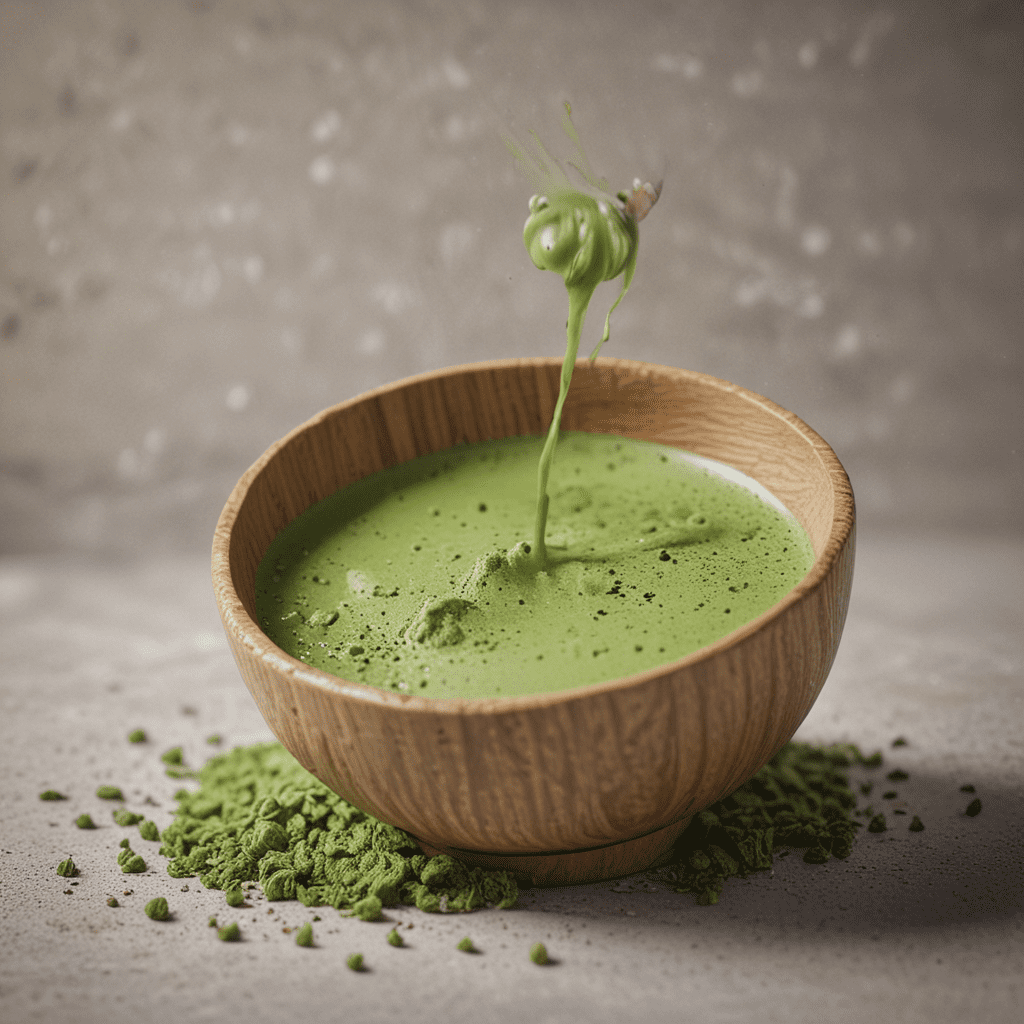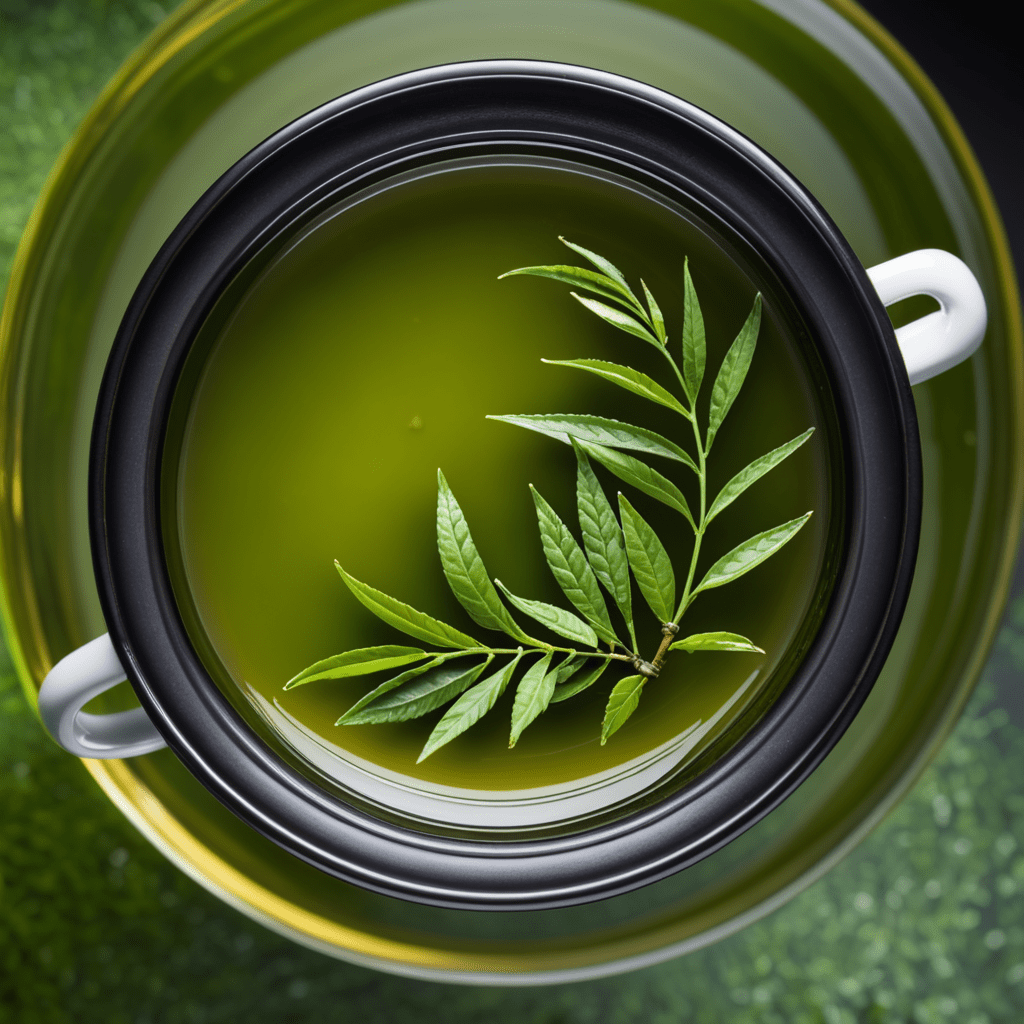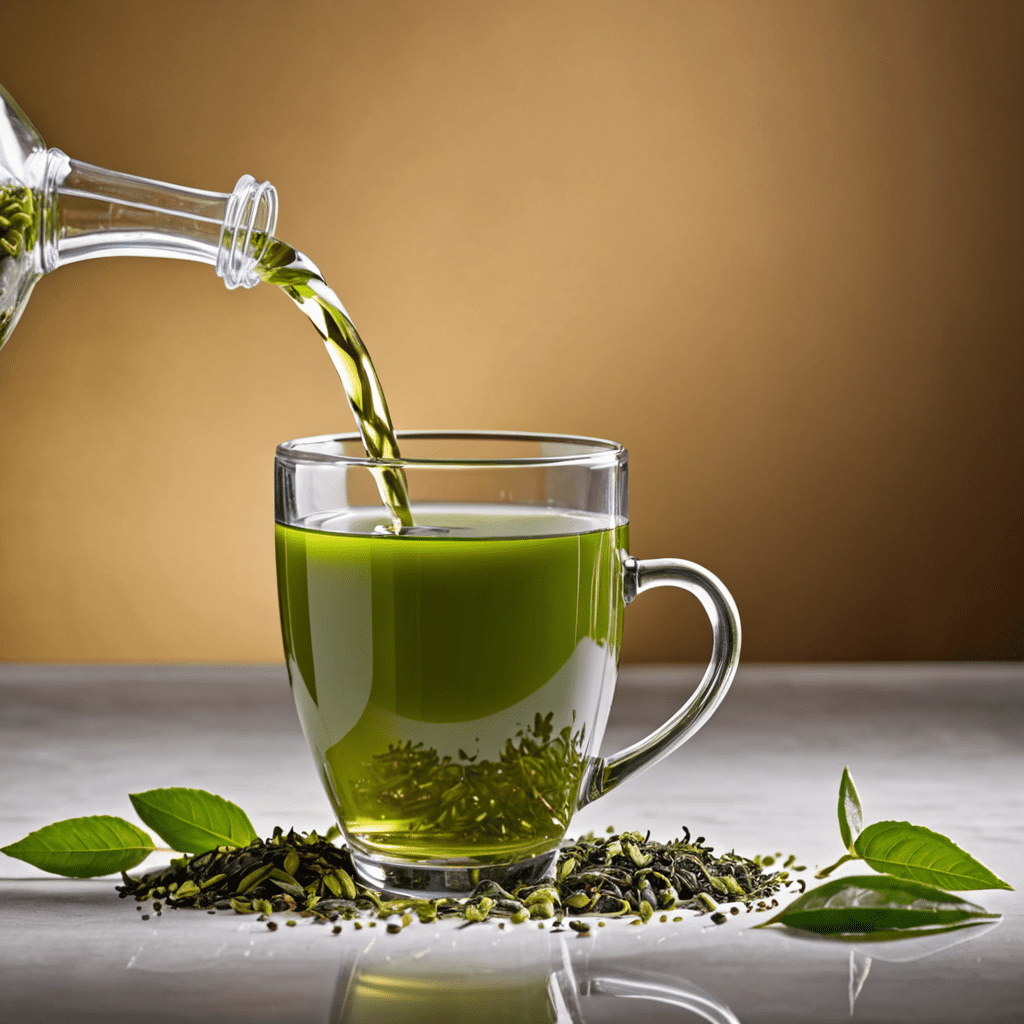Introduction: The Rise of Matcha Tea
Matcha, a vibrant green tea powder, has gained immense popularity worldwide due to its exceptional antioxidant properties and purported health benefits. Originating in Japan centuries ago, matcha is now cherished globally for its distinctive flavor and health-promoting qualities.
What is Matcha Tea?
Matcha is a unique type of green tea made from finely ground tea leaves. Unlike traditional green teas where the leaves are steeped in hot water and discarded, matcha tea involves consuming the entire tea leaf, providing a concentrated dose of nutrients and antioxidants.
Unique Cultivation Process and Benefits
Matcha tea is grown under special conditions, with the tea plants shaded from sunlight for several weeks before harvest. This process promotes the production of chlorophyll, giving matcha its characteristic deep green color, and increases its antioxidant content.
The Chemistry Behind Matcha's Antioxidant Activity
Matcha tea's exceptional antioxidant properties stem from its high concentration of polyphenols, particularly catechins. These compounds possess strong antioxidant capabilities, protecting cells from damage caused by free radicals.
6. Catechins: The Star Antioxidants in Matcha
Catechins are the primary antioxidants found in matcha tea. They belong to a class of polyphenols known for their potent antioxidant and anti-inflammatory properties. Among the catechins present in matcha, epigallocatechin gallate (EGCG) is particularly noteworthy.
7. EGCG (Epigallocatechin Gallate): A Potent Antioxidant
EGCG is the most abundant catechin in matcha tea and stands out as an exceptionally powerful antioxidant. Studies have shown that EGCG can neutralize free radicals, protecting cells from damage and oxidative stress. This antioxidant activity is associated with a reduced risk of chronic diseases such as cancer and heart disease.
8. Chlorophyll and its Role in Antioxidant Defense
Chlorophyll, the vibrant green pigment that gives matcha its distinctive color, also contributes to its antioxidant properties. Chlorophyll can neutralize singlet oxygen, a highly reactive form of oxygen that can damage cells and tissues. This antioxidant activity may contribute to matcha's anti-aging and anti-inflammatory effects.
9. Health Benefits of Matcha's Antioxidants
The rich antioxidant content of matcha tea has been linked to numerous health benefits, including:
- Reduced inflammation
- Protection against oxidative stress
- Improved brain function
- Enhanced metabolism
- Reduced risk of chronic diseases such as cancer and heart disease
10. Matcha Tea as a Source of Daily Antioxidant Intake
Matcha tea provides a convenient and potent source of antioxidants for daily intake. Incorporating matcha into your diet can supplement your antioxidant intake and contribute to overall health and well-being. It can be enjoyed as a traditional tea or added to smoothies, lattes, or other culinary creations.
Frequently Asked Questions:
- What is the difference between matcha and other green teas? Matcha tea is made from finely ground tea leaves, providing a concentrated dose of antioxidants. In contrast, traditional green teas involve steeping the leaves in hot water and discarding them.
- How much matcha should I consume daily? The recommended daily intake of matcha can vary depending on individual tolerance and health goals. A moderate amount of one to two cups per day is generally considered safe.
- Does matcha contain caffeine? Yes, matcha tea does contain caffeine but in lower amounts compared to coffee. The caffeine content in matcha contributes to its energizing effects while being less likely to cause jitteriness.



